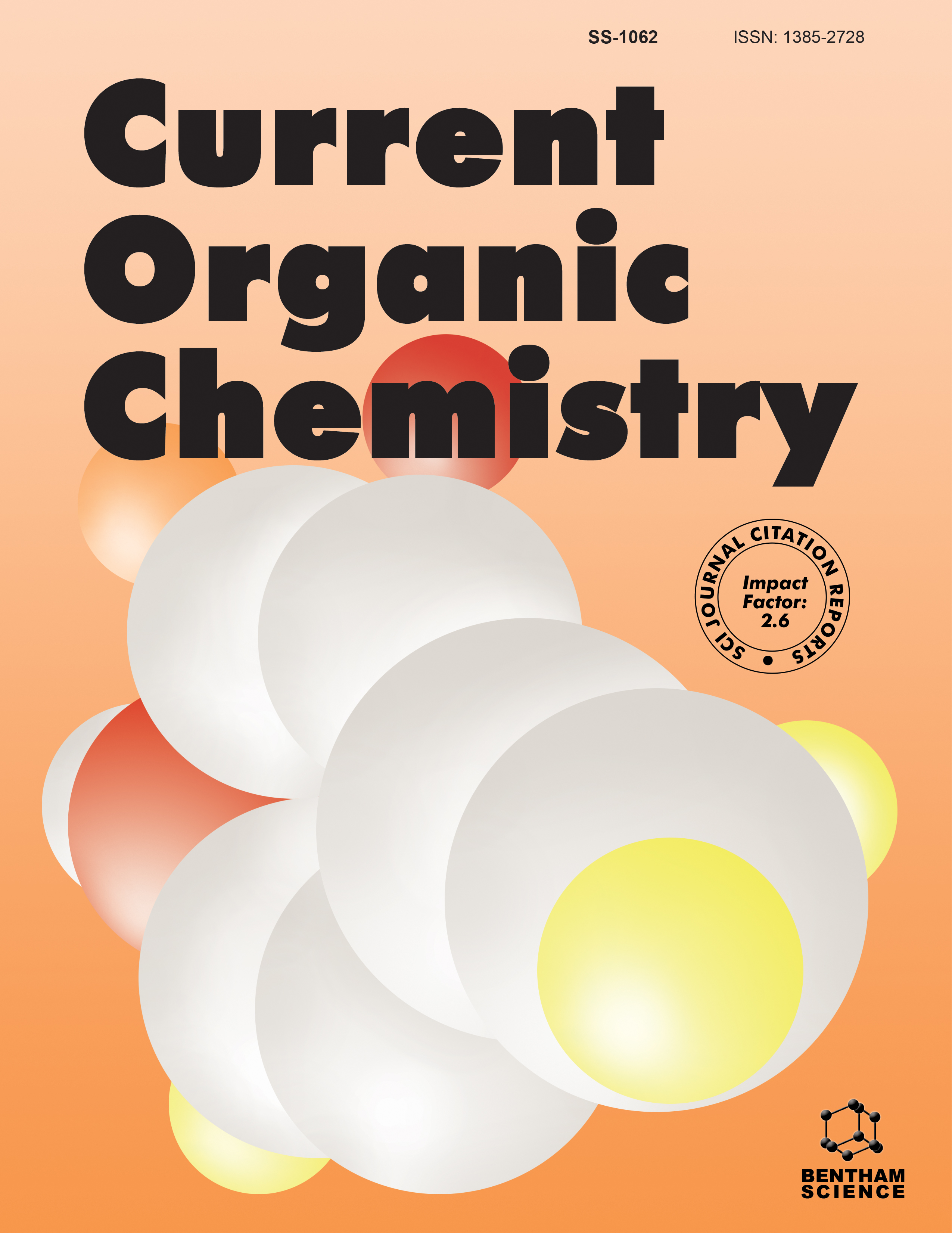-
oa Editorial [Hot Topic: Supramolecular Chemistry Based on Linear Molecules (Guest Editor: Zhan-Ting Li)]
- Source: Current Organic Chemistry, Volume 15, Issue 9, May 2011, p. 1249 - 1249
-
- 01 May 2011
- Previous Article
- Table of Contents
- Next Article
Abstract
Since the discovery of Pedersen that dibenzo[18]crown-6 complexed alkali metal ions in 1967, supramolecular chemistry has expanded quickly and evolved to an interdisciplinary science. Although early works focused on the development of various crown ethers for investigating their binding affinity towards metal ions and ammoniums, in early 1970s linear molecules as synthetic receptors had begun to attract the attention of supramolecular chemists. Currently an ocean of linear molecules have been reported, which either form designed assembled structures or exhibit required properties or functions. Compared with cyclic molecules, linear molecules are usually more readily available and their structural modifications are also relatively easier. Furthermore, discrete functional units or binding sites can be introduced in a tailored manner. Another driving force for the investigations of linear molecules is mimicking the secondary and higher-grade structures of biological molecules. The effort along this line has led to the field of foldamer chemistry, which, to some extent, may be considered as intramolecular supramolecular chemistry. This special issue focuses on the recent progress on the design of some new series of linear molecules and their applications in researches in supramolecular chemistry. Professors Yuan and Gong report the applications of hydrogen-bonded oligoamide duplexes as programmable molecular recognition units to realize directed self-assembly and controlled non-covalent synthesis. Professor Li summarizes the researches on molecular recognition by using linear molecules as receptors. Professor Jiang describes the extensive investigations of the structuresproperty relationships of aromatic oligoamide foldamers. Professor Chen summarizes the versatile applications of aromatic hydrazides to construct hydrogen bonding-stabilized supramolecular systems. Professor Li provides a review on perylene diimide-based molecular selfassemblies, folding motifs, and reaction-directing codes. Together these contributions provide a timely update on the supramolecular chemistry of linear molecules, with an emphasis on hydrogen bonding and stacking interaction as the driving forces.


